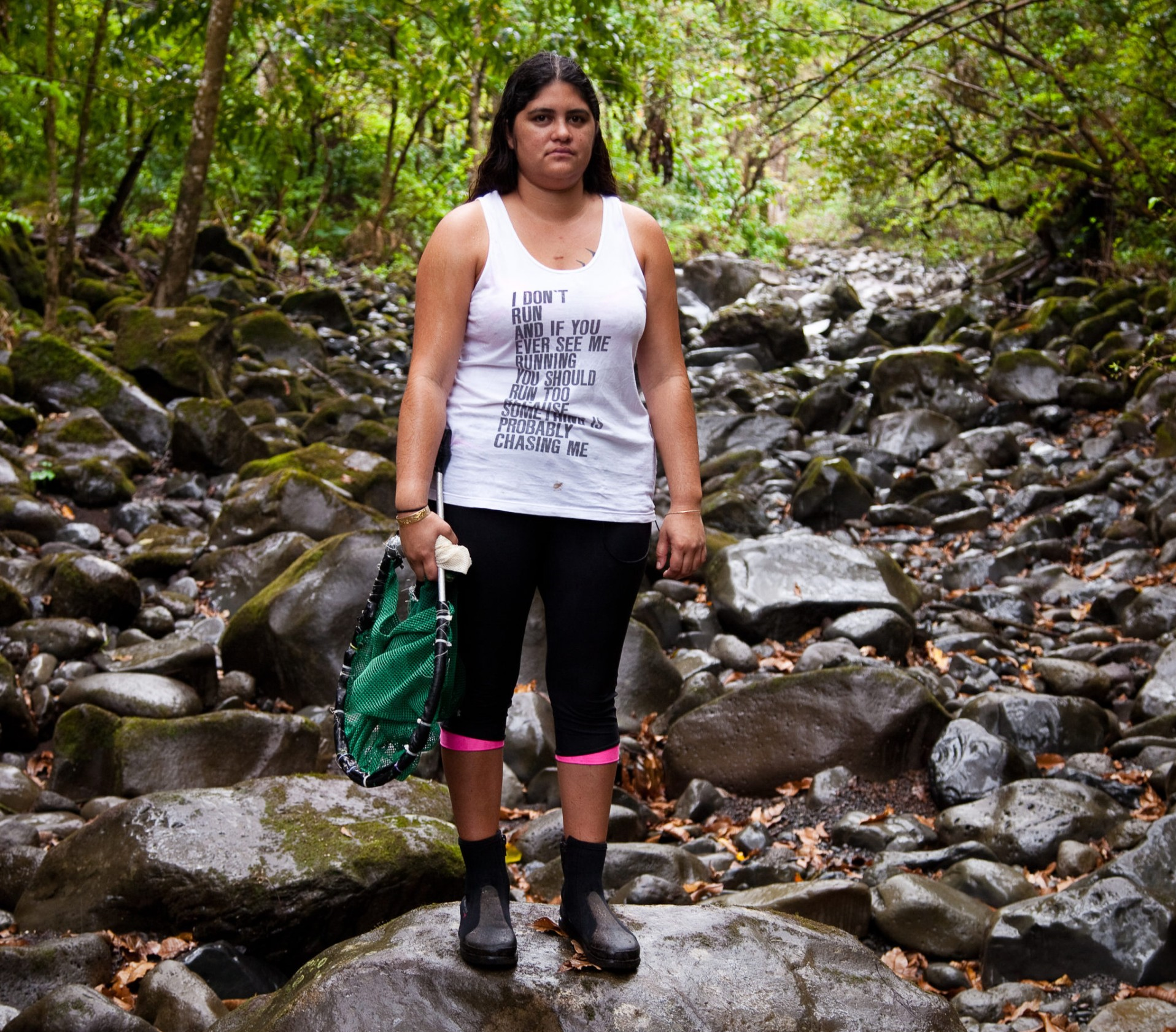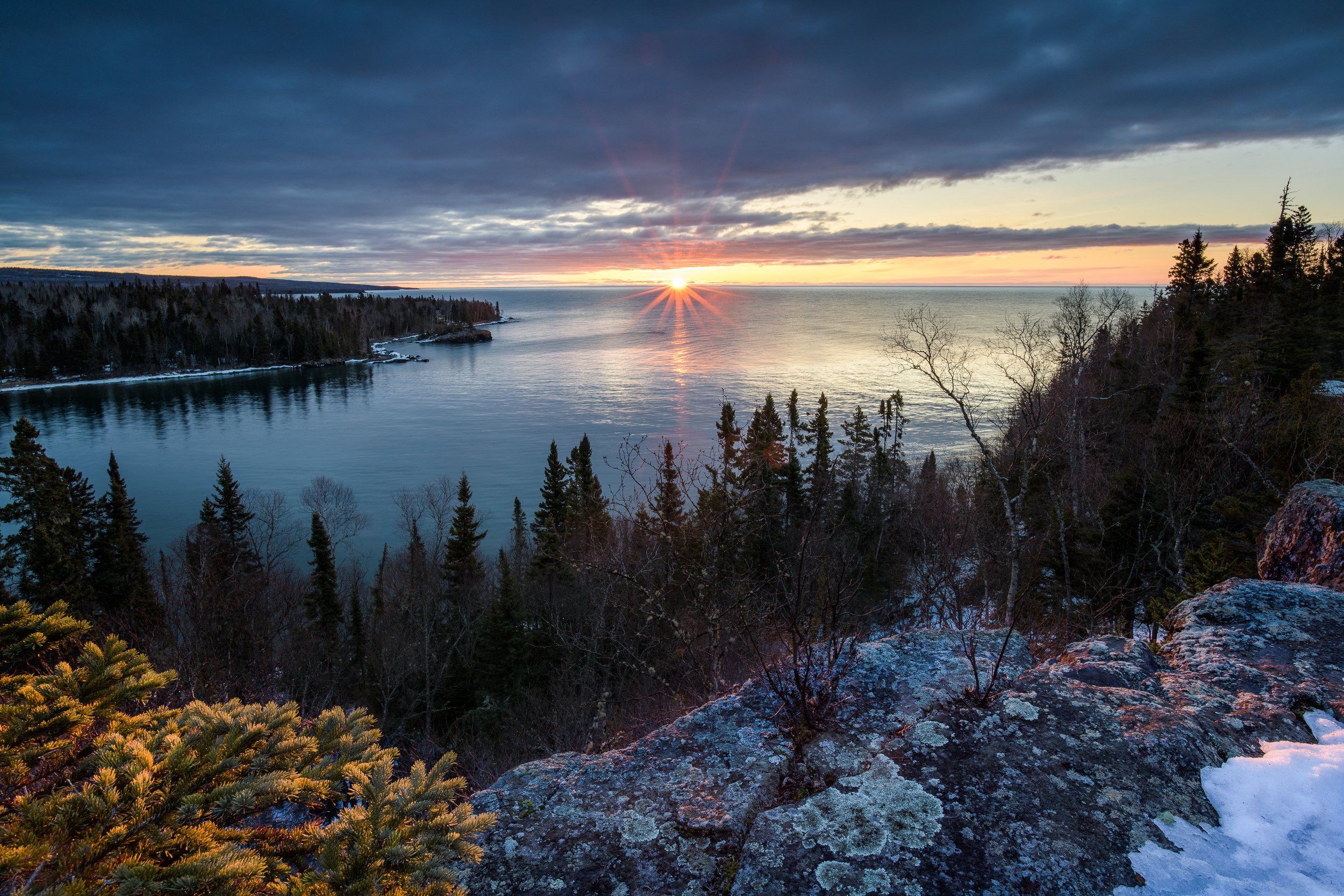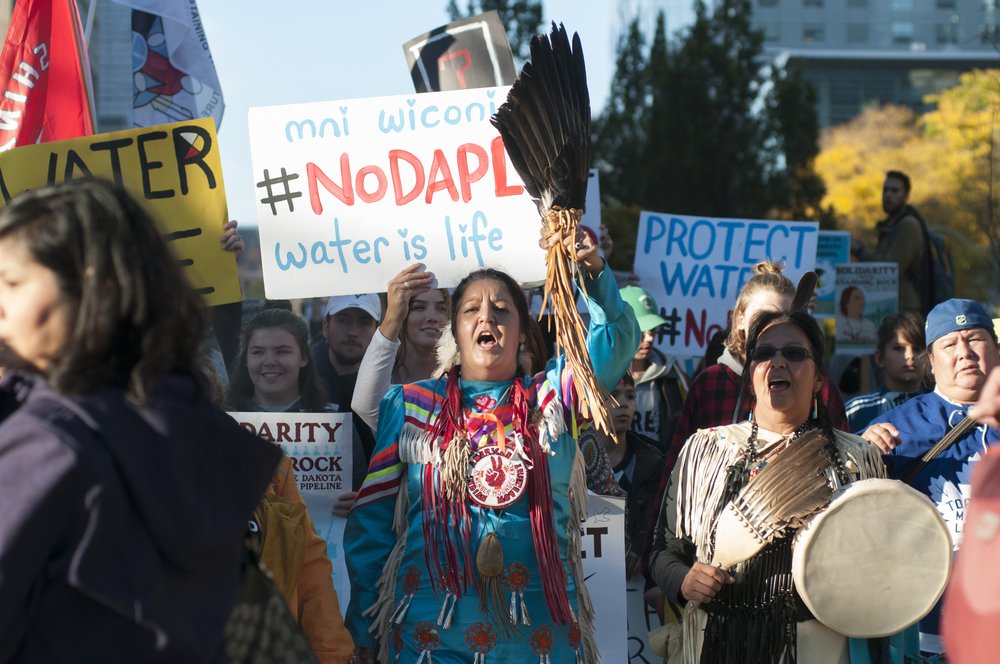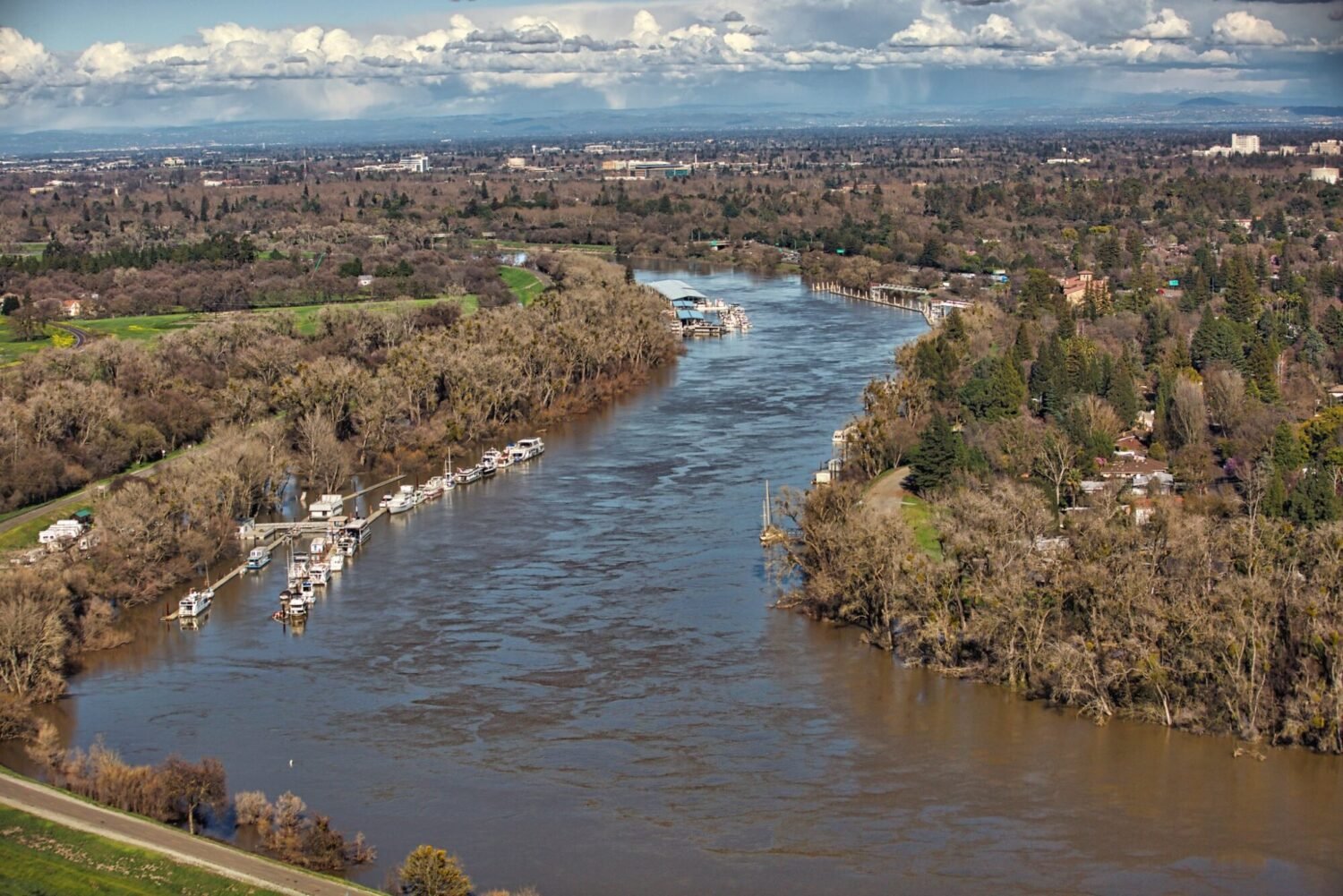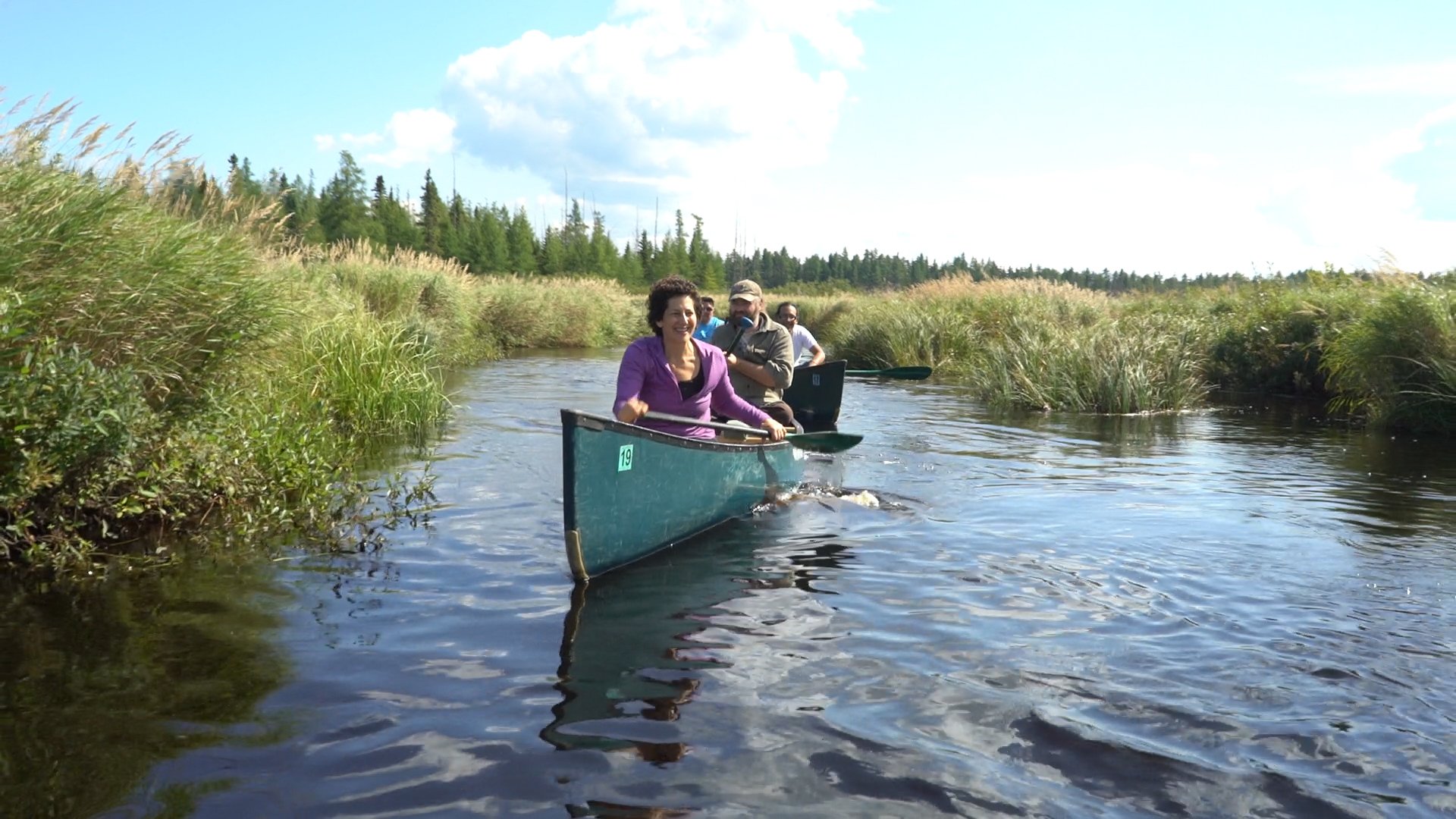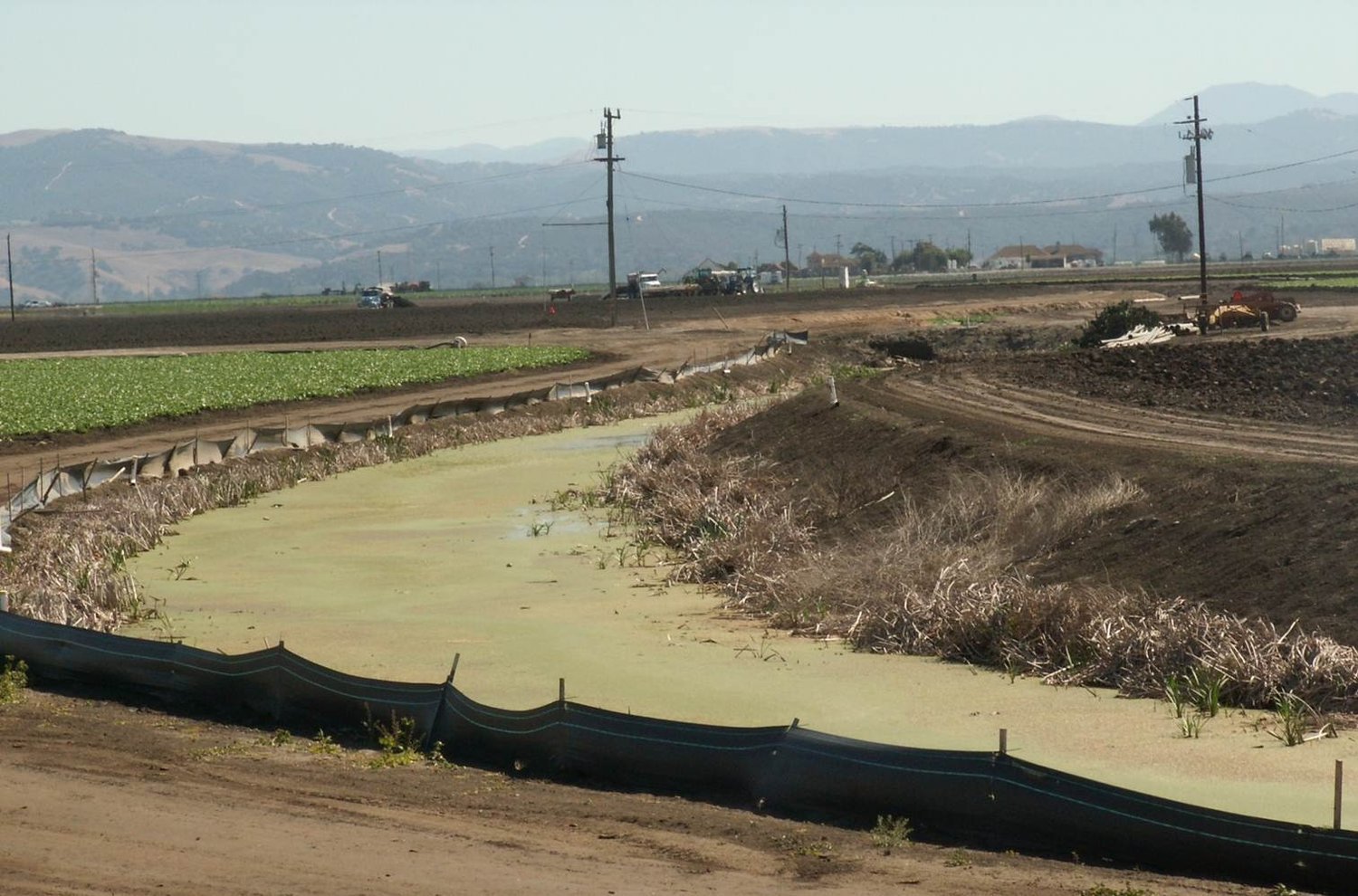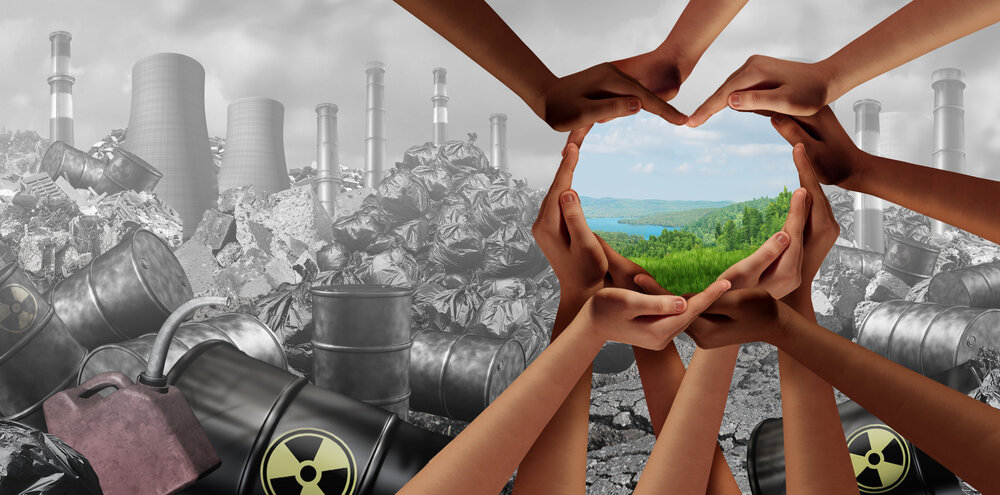Poisoned by Uranium, Navajo Nation Seeks Justice
Navajo community members (left) and Larry King (right) stand up to the uranium mining industry
Eric Jantz - Staff Attorney, New Mexico Environmental Law Center
Flint, Baltimore, Philadelphia ... Churchrock? The list of communities facing drinking water crises is ever growing, but some communities don’t get mentioned in the media or the halls of power. When the Flint water crisis made national headlines, Americans were shocked that any community's drinking water could be sacrificed just to save a few bucks. But contaminated water is a fact of life for many communities impacted by this nation's fetishistic fascination with atomic power.
The Navajo (or "Diné" in their native language) village of Churchrock straddles a dusty arroyo called the Puerco River in the northwestern corner of New Mexico. This inauspicious village is ground zero in the fight to prevent uranium mining from doing further damage to the land and its people. To fully understand the current fight, one must look to history first.
Uranium mining was a mainstay of New Mexico industry since the 1940s, when a bright flash at the Trinity site in southern New Mexico signaled the dawn of the atomic age and moved Robert Oppenheimer to compare the human race to Death itself. Then, in the early morning hours of July 16, 1979, America experienced its worst nuclear disaster ever: the earthen dam that held an obscene concoction of uranium milling waste burst, sending 95 million gallons of radioactive sludge down the Puerco. The waste roared through Churchrock, eventually thinning to a trickle hundreds of miles downstream in Arizona. Soon after, the uranium market collapsed and mining companies scattered, leaving mountains of radioactive and toxic waste behind, which would gradually leach into underground sources of drinking water.
Like the cancers that its waste causes, the uranium mining industry lay dormant, only to resurface a decade later when a Texas company called Hydro Resources, Inc. (HRI) quietly applied for a nuclear materials license from the U.S. Nuclear Regulatory Commission (NRC). The license was for a uranium mining project to be located in Churchrock and the nearby Diné village of Crownpoint. It would use a mining technology known as ISL, where chemicals are injected into an aquifer to break the chemical bond that keeps naturally occurring uranium - and its radiation - immobile. The ISL chemicals unleash uranium to flow throughout large areas of the aquifer.
Having never seen a nuclear project it didn't like, the NRC began fast-tracking the project. However, in 1994, halfway through the NRC's licensing process, resident Mitchell Capitan read about the project in the local newspaper. Mitchell had worked for an ISL operation years before and knew that once an aquifer is contaminated by the process, it would remain forever poisoned. Since Churchrock and Crownpoint depend on the local aquifer for their household supply, the HRI project, if approved, would spell the end of clean drinking water.
Mitchell, his wife Rita, Churchrock resident Larry King, and other concerned citizens formed an organization called Eastern Navajo Diné Against Uranium Mining (ENDAUM) to fight the mine. They couldn't have anticipated what a fight it would be.
The Impact Fund has supported the fight with grants totaling $71K.
The HRI fight has become a daily part of Larry King's and the Capitans' lives. In 1996 ENDAUM came to the New Mexico Environmental Law Center for legal assistance, and the HRI case has been a part of the Law Center's docket ever since. We've worked with ENDAUM through the NRC's administrative process and a federal court appeal.
Despite losing those cases, ENDAUM and the Law Center have made an indelible mark on the actual and metaphorical landscape. Before we began actively resisting uranium mining, the devastation that historic uranium mining has caused was typically a local issue. Now community organizations throughout the country regularly work together to force cleanup of existing uranium mines or prevent new mines from opening. Uranium mining companies used to be able to blame cancer-related deaths on smoking. But because of community activism, scientific studies are now being done that demonstrate how uranium mine waste causes cancer, heart disease, and autoimmune disorders wherever it occurs. And community activism forced Navajo Nation leaders to find the strength to ban uranium mining outright in 2005. No new uranium mining has begun in the state in the past 20 years.
The struggle is far from over. Hundreds of abandoned uranium mines continue to fester in communities across the West. We continue to aggressively push state and federal governments to clean up mining waste. We're also holding the federal government accountable for breaching its human rights obligations under international law by failing to prevent ongoing radioactive contamination. Finally, we continue to strategically file state and federal lawsuits to prevent proposed mining projects that would endanger drinking water supplies.
Mine executives and corporate lawyers continue to peddle the same empty promises and lies about their industry. But we know better. And as long as there are organizations like the Law Center, ENDAUM, and their supporters around, the uranium industry had better expect a fight.




